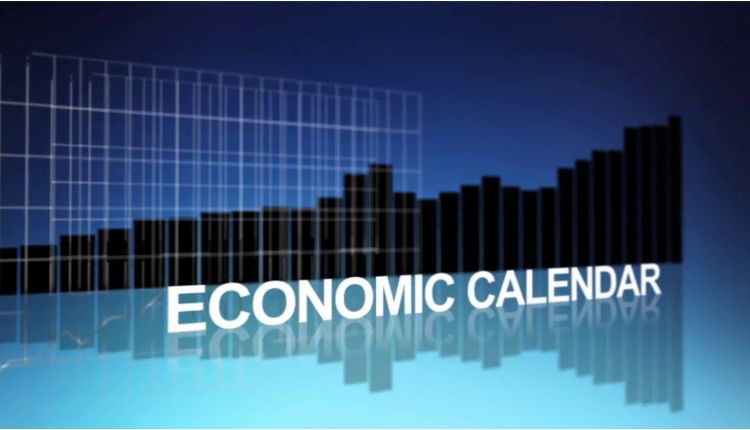In today’s dynamic and interconnected global economy, staying informed about key economic events and their potential impact on financial markets is crucial for making sound investment decisions. An economic calendar serves as a valuable tool for both seasoned investors and newcomers alike, offering a comprehensive overview of upcoming economic indicators, central bank meetings, corporate earnings releases, and other significant events. In this article, we will explore the importance of an economic calendar, its key components, and how it can be utilized to enhance financial decision-making.
Understanding The Economic Calendar
An economic calendar is a schedule of upcoming economic releases, speeches, and events that could potentially influence financial markets. It provides investors, traders, and analysts with valuable information about the health of economies, changes in monetary policy, and overall market sentiment. The calendar typically includes a wide range of indicators such as gross domestic product (GDP) figures, inflation rates, employment data, consumer sentiment reports, and central bank interest rate decisions.
By keeping track of these events, market participants can anticipate potential market movements and adjust their investment strategies accordingly. For example, if a central bank is expected to announce an interest rate hike, investors may adjust their portfolios by reducing exposure to interest rate-sensitive sectors like real estate and increasing positions in sectors that benefit from higher interest rates, such as financial institutions.
Key Components Of An Economic Calendar
An economic calendar usually consists of the following key components:
- Date and Time: Each event is listed according to its scheduled date and time, enabling market participants to plan their activities and align their trading strategies.
- Event Description: A brief description of the economic release or event is provided, allowing users to understand its significance and potential impact on the economy and markets.
- Country/Region: Events are categorized by the countries or regions to which they pertain, providing a global perspective on economic developments.
- Previous and Expected Values: The previous value represents the previously reported figure, while the expected value represents the market consensus or analysts’ forecasts. By comparing the previous and expected values, investors can gauge the potential market reaction to the upcoming release.
- Impact Level: Events are often assigned impact levels such as “high,” “medium,” or “low” based on their potential to affect markets. High-impact events tend to have a more significant influence on market sentiment and may lead to increased volatility.
Utilizing The Economic Calendar
To make the most of an economic calendar, it is essential to understand how to interpret the information and integrate it into your decision-making process. Here are some key strategies:
- Event Prioritization: Focus on high-impact events that are directly relevant to your investment portfolio or trading strategy. These events are more likely to generate substantial market movements and can be crucial in timing entry and exit points.
- Consensus vs. Actual Data: Compare the expected values with the actual data once the event is released. Significant deviations from market expectations can lead to market reactions, creating trading opportunities.
- Correlation Analysis: Analyze the historical relationship between specific economic indicators and asset classes to identify potential trading patterns. For example, a strong positive correlation between housing starts and building material stocks may indicate potential trading opportunities when housing starts data is released.
- Timing: Consider the timing of events in relation to other scheduled releases or geopolitical developments. Sometimes, a combination of events can amplify the impact on markets, leading to increased volatility.
- Risk Management: While an economic calendar can provide valuable insights, it is important to exercise prudent risk management. Diversify your portfolio, use appropriate position sizing, and set stop-loss orders to protect against unexpected market movements.
Conclusion
In an increasingly complex and fast-paced financial world, an economic calendar is an invaluable tool for investors, traders, and analysts. It empowers individuals to stay informed about upcoming economic events and make well-informed decisions based on anticipated market reactions. By monitoring key indicators, market participants can gain insights into economic trends, adjust their investment strategies accordingly, and potentially capitalize on market opportunities. However, it is essential to remember that an economic calendar is just one piece of the puzzle, and market dynamics can be influenced by a multitude of factors. Combining the information from an economic calendar with fundamental and technical analysis, as well as staying abreast of geopolitical developments, will provide a more comprehensive view of the markets.
FAQs:
- How frequently should I consult the economic calendar? It is recommended to consult the economic calendar regularly, as economic events can significantly impact markets. Daily or weekly monitoring is typically sufficient, depending on your trading or investment time frame.
- Are all economic events equally important? No, economic events are assigned impact levels based on their potential to influence markets. High-impact events tend to have a more significant effect on market sentiment and are often closely watched by investors and traders.

